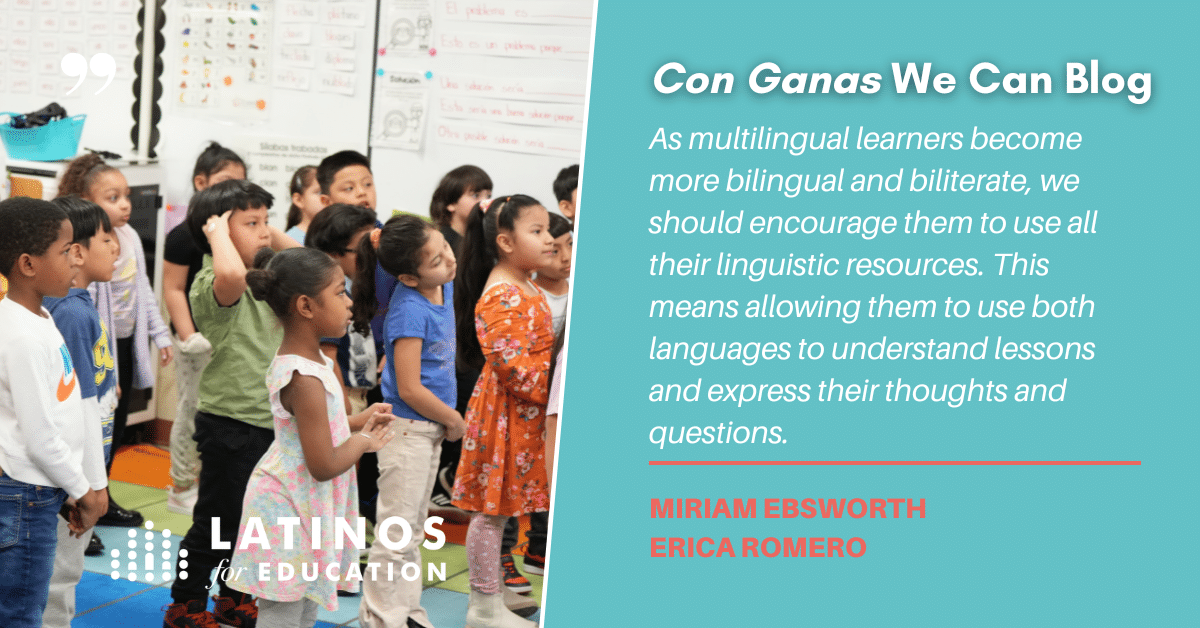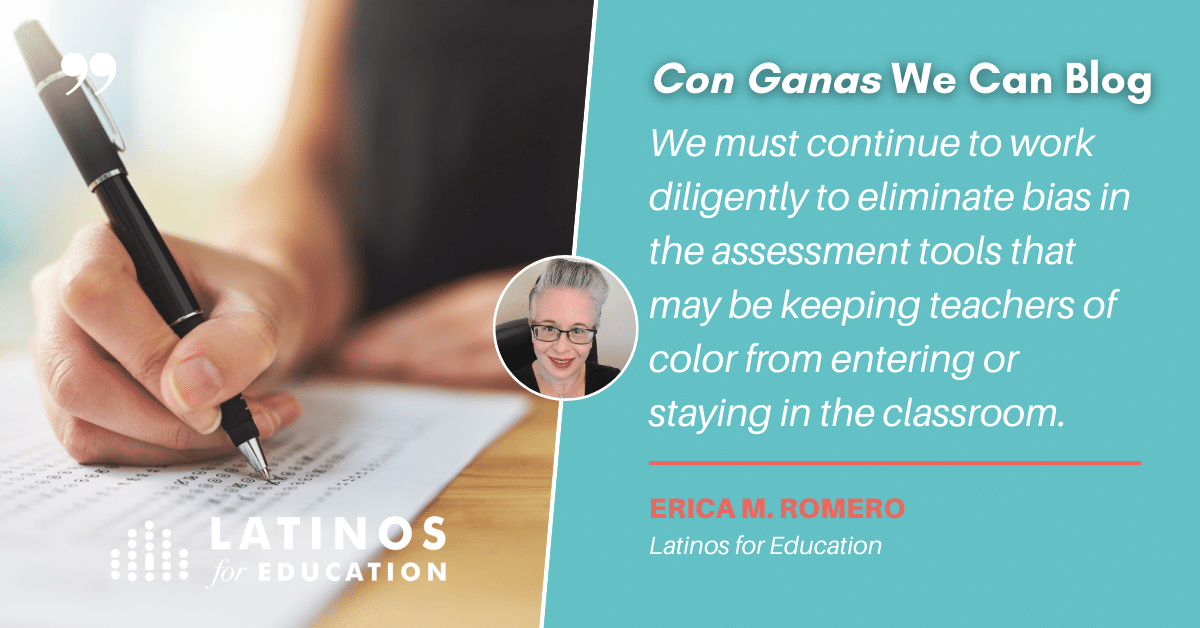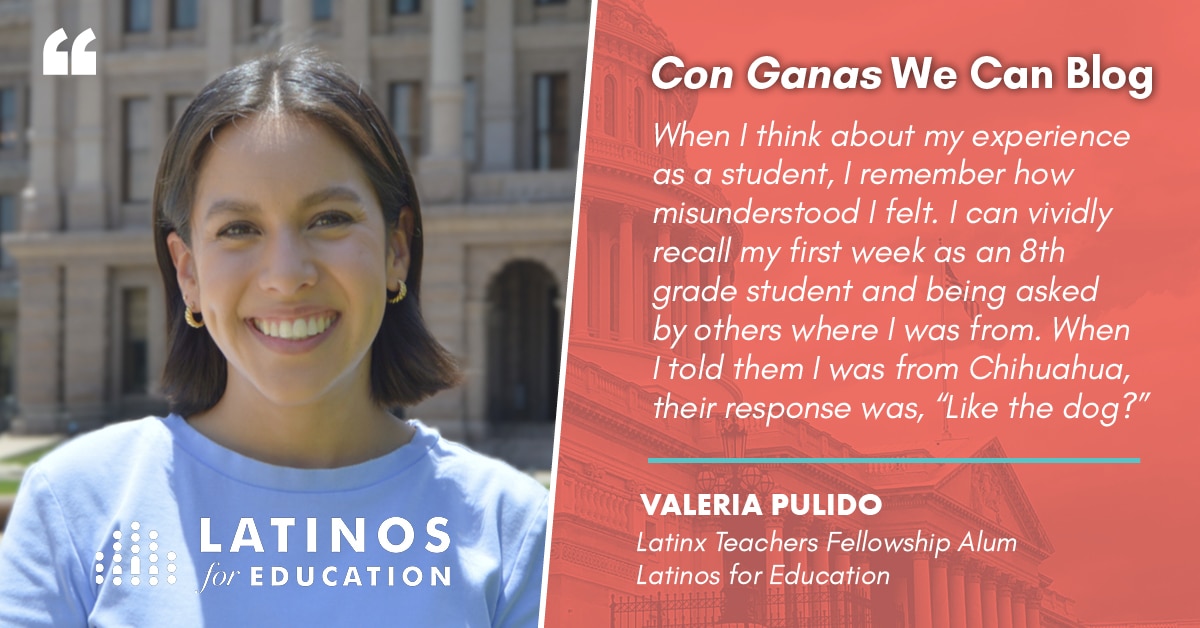Fostering Educator Diversity: The Essential Role of Higher Education Institutions
By: Erica Romero
A concerning gap between the demographic makeup of students and that of their educators exists in contemporary education. In the United States, Latino students constitute 28 percent of K-12 enrollment, while only 9 percent of educators identify as Latino. This incongruity not only deprives students of diverse role models but also impedes their academic progress.
As we address the educator diversity gap, we must also reverse the decline in enrollment in educator preparation programs which has been significant. Between 2008 and 2020, the enrollment in educator prep programs has dropped by a quarter of a million prospective teachers.
While some future teachers opt for quicker and less expensive pathways into teaching, such as going through alternative certification programs, this trend exacerbates the shortage of educators.
Reversing the Decline of Students in Teacher Preparation Programs
- To counteract the decline in educator preparation programs, institutions of higher learning must revamp their programs to offer quality education within reasonable time frames and with minimal financial burden on students. Accessing federal funding, like the Hawkins Center for Excellence, can alleviate costs, while leveraging various funding sources can provide essential support services and cover necessary expenses for future teachers.
- Creating multiple pathways to enter programs, starting as early as high school, can also reverse the decline. By partnering with K-12 school districts, institutions of higher education can create early college pathways that enable students in high school to earn college credit while on a seamless pathway to the teaching profession. This may encourage more students to think about teaching as an early, viable career path.
- While influencing students to enroll in educator preparation programs is key, we must also ensure that students are leaving the programs with their degree/credential and have received training and test preparation to pass the state’s licensure exam. We know that people of color are disadvantaged by standardized licensure exams, but until more states allow multiple pathways to certification, our educator preparation programs must help students clear the final hurdle.
Increasing the Diversity and Cultural/Pedological Awareness of Future Teachers
- Enhancing the diversity and cultural awareness of future educators is paramount. Programs should develop strategies to bridge the gap in educator diversity, while providing comprehensive demographic data on their faculty.
- The curriculum should be culturally and linguistically sensitive and prepare future teachers to also teach in a manner that is culturally and linguistically sensitive.
- Research consistently underscores the positive impact of seeing oneself represented in the classroom, highlighting the importance of diverse teaching staff. Supporting faculty of color and actively diversifying the teaching workforce can create an inclusive environment that resonates with the student population.
While many of the factors impacting the lack of teacher diversity and declining teacher preparation program enrollment rests outside of the control of institutions of higher education, it is imperative for higher education institutions to play an active role in remedying these concerning realities. By implementing strategic policies and providing necessary support, we can build a teaching force that reflects the diversity of our students and equips them for success.
For further policy recommendations, refer to our Latino Action Agenda.
——————
Erica Romero is responsible for providing thought leadership, policy analysis, policy development, and cultivating key partner relations with decision makers and influencers in the federal education space. She previously served as Assistant Vice President of State Advocacy at the Hispanic Association of Colleges and Universities, as well as Vice President of External Relations at the Association of Independent California Colleges and Universities. She is a graduate of both UC Berkeley and the Harvard Kennedy School of Government.






